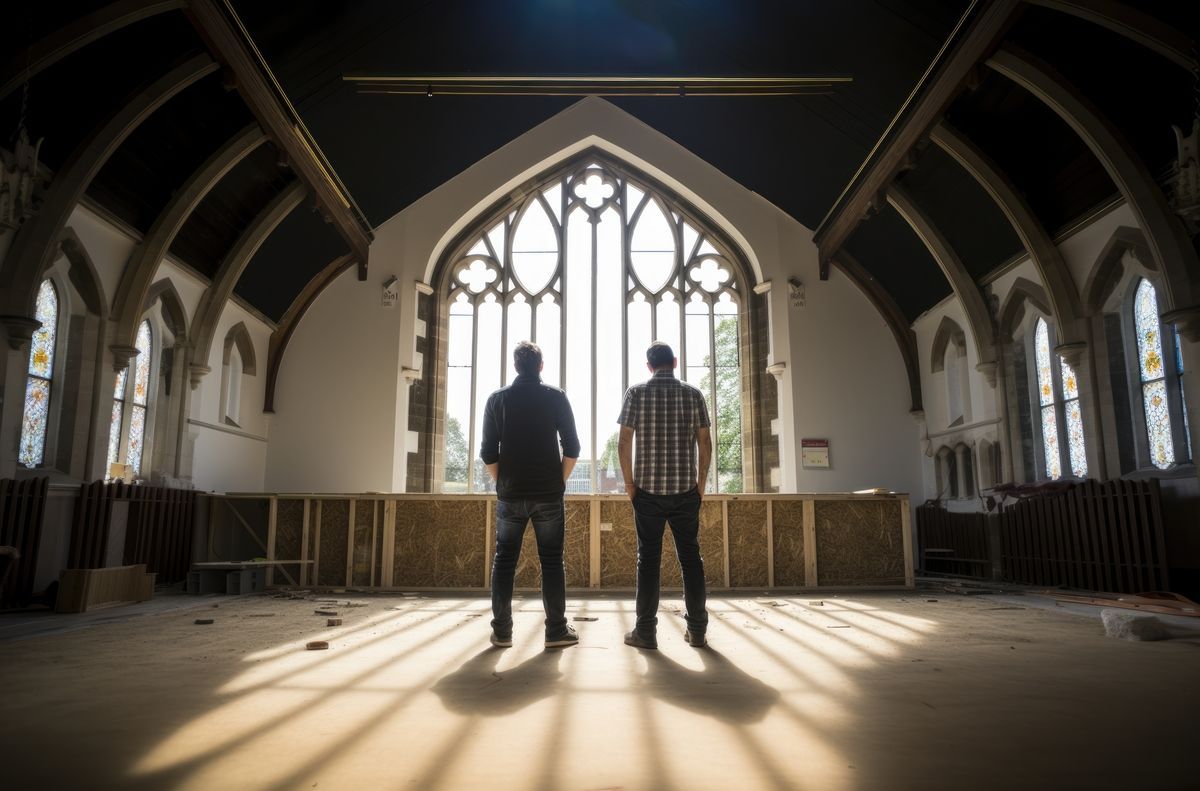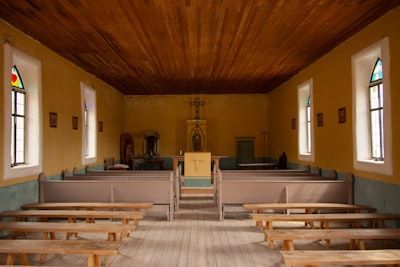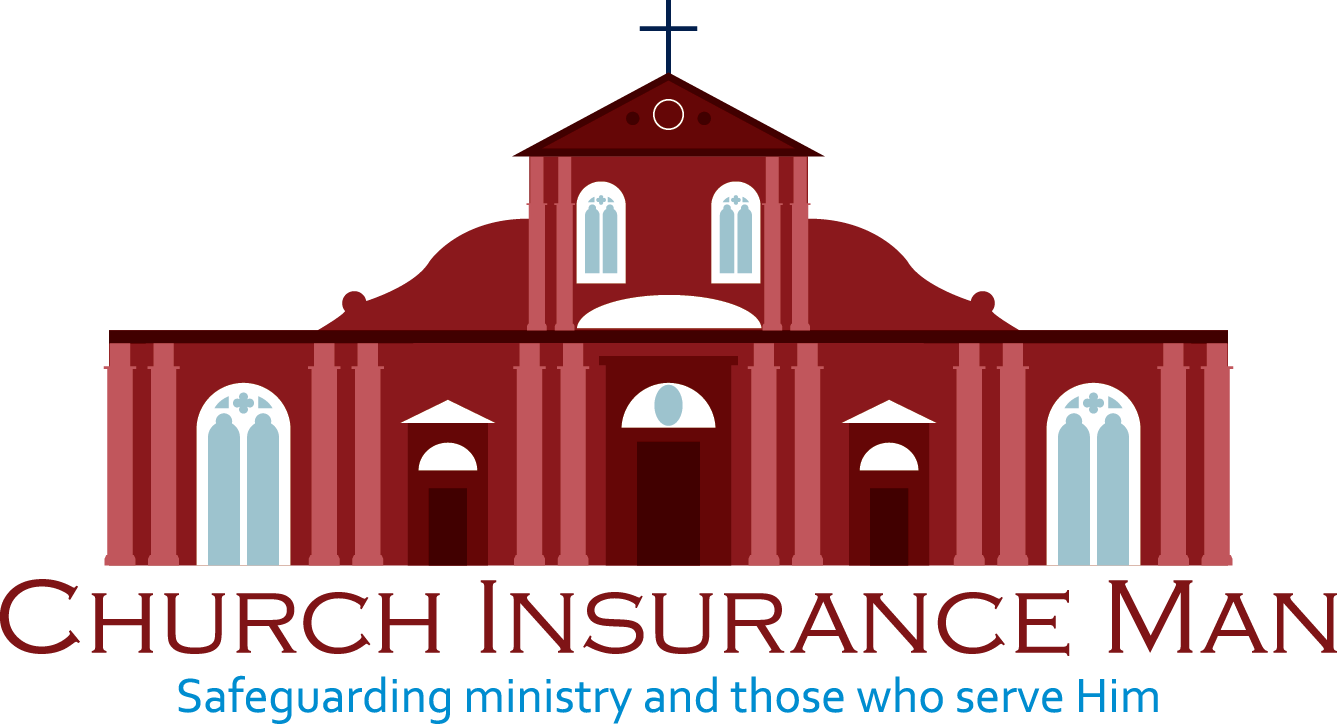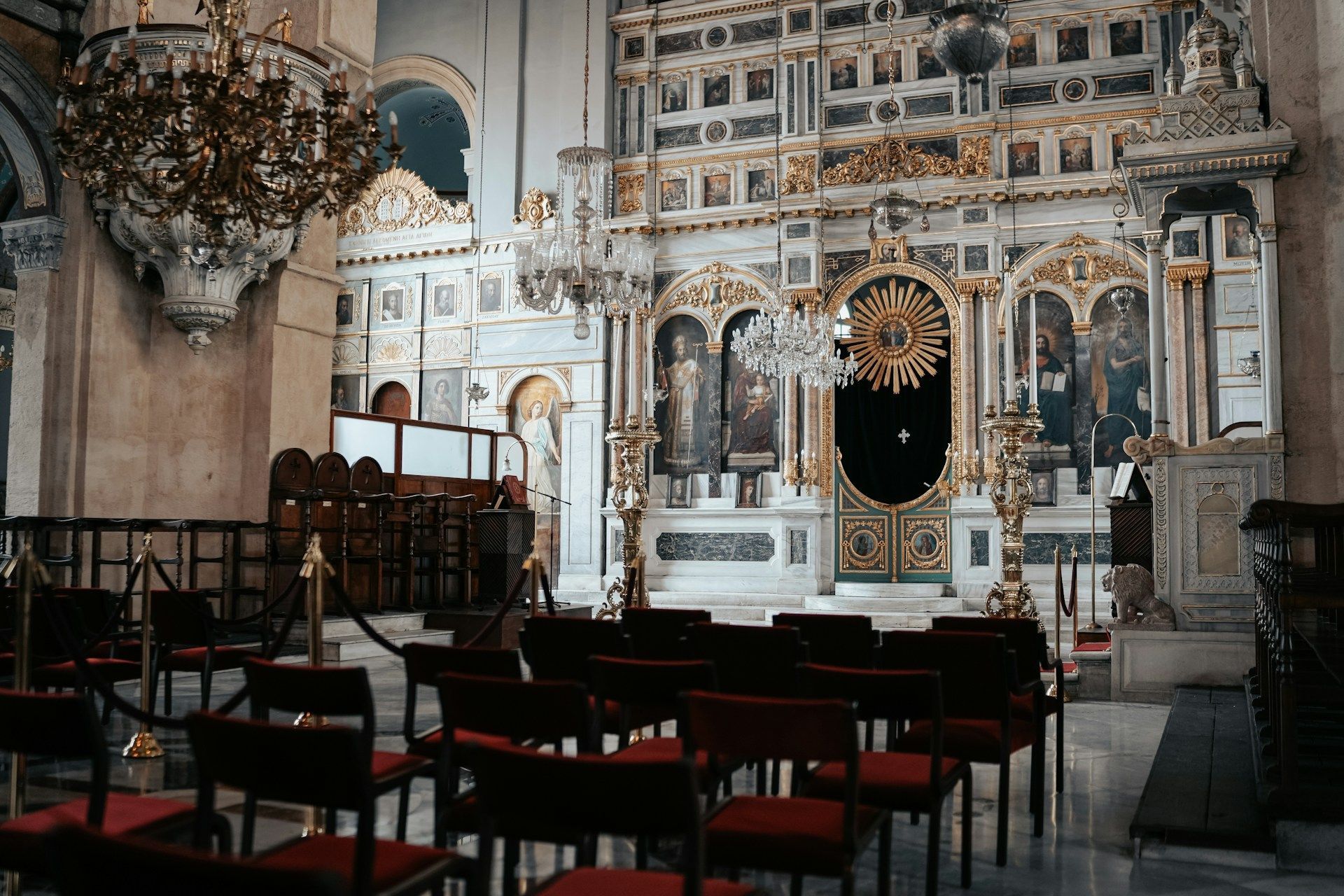Preserving Your Church's Legacy: A Guide to Insurance for Historic Properties
Guide to Insurance for Historic Properties
Historic churches hold a unique and irreplaceable role in the spiritual lives of their congregations and the broader community. They bear witness to the enduring legacy of faith, serving as architectural and artistic treasures passed down over generations.
As stewards of these sacred spaces, church administrators have a responsibility to preserve and protect their properties for future generations. One key aspect of this responsibility is securing appropriate insurance coverage tailored to the unique needs of historic properties.
Unlike more modern buildings, historic churches often come with a host of unique considerations and challenges when it comes to insurance coverage. These can include the increased cost of repairing or restoring specialized architectural elements, the need for specialized artisans and craftsmen to perform repairs, and potential restrictions imposed by historical preservation regulations.
To adequately safeguard their cherished structures, church administrators must thoroughly understand these nuances and seek insurance packages specifically designed for historic properties.
In addition to securing proper insurance coverage, church administrators must also implement practical preservation strategies to maintain the structural integrity of their historical buildings and protect priceless artifacts and art. This may involve conducting regular structural assessments, engaging in preventive maintenance, and creating an emergency preparedness plan to mitigate potential threats.
In the sections that follow, we will delve into the specific insurance considerations for historic churches and provide actionable guidance for preserving and protecting these remarkable buildings. By comprehensively understanding these factors, church administrators can help ensure that their cherished historic properties continue to stand as symbols of faith and beacons of spiritual strength for generations to come.
Key Insurance Considerations for Historic Churches
Securing adequate insurance coverage for historic churches requires a nuanced approach that accounts for the unique features and potential challenges associated with preserving these properties. Here are some key factors to consider when evaluating insurance options for your historic church:
Replacement Cost vs. Actual Cash Value: Traditional insurance policies often use actual cash value (ACV) to determine the payout amount following a covered loss, accounting for depreciation. However, for historic properties, securing coverage based on replacement cost is more appropriate, as it provides the necessary funding to restore or reconstruct the property in compliance with historical preservation standards without depreciation deductions.- Ordinance or Law Coverage: Historic churches may be subject to ordinances and laws aimed at preserving their architectural integrity and historical significance. Ensure your insurance policy includes ordinance or law coverage to address potential extra costs related to regulatory compliance, such as rebuilding in accordance with current preservation standards, or addressing required upgrades during the restoration process.
- Specialized Endorsements: Historic properties may contain unique architectural features, artwork, or artifacts that require specialized restoration or conservation services. Consider adding endorsements to your policy that specifically address the costs and specialized expertise associated with these elements, ensuring comprehensive protection for your treasured assets.
- Increased Limits of Liability: Due to the complex nature of restoring historic churches and the potential need for specialized craftsmen, restoration costs can quickly inflate. Evaluate the adequacy of your policy's limits of liability and consider increasing those limits to ensure full coverage for potential losses.
Conducting Regular Structural Assessments
To maintain historical church buildings' structural integrity, it is crucial to conduct regular assessments of their condition. Professional inspections can help identify potential issues, such as water damage, structural damage, or other vulnerabilities, enabling church administrators to proactively address problems before they escalate into major preservation concerns. Be sure to engage the services of qualified inspectors or preservation specialists experienced in assessing historic properties to ensure an accurate and thorough evaluation.
Implementing Preventive Maintenance Strategies
Maintaining the long-term functionality and preservation of your historic church requires implementing a proactive maintenance plan that focuses on addressing issues before they become serious problems. Consider these preventive maintenance strategies:
Regular Roof Inspections: The roof is a critical element of any structure, protecting the building from the elements. Schedule regular roof inspections and promptly address any damage or wear to prevent further deterioration.- HVAC System Maintenance: Ensure your church's heating, ventilation, and air conditioning systems are regularly inspected and maintained to improve energy efficiency, prevent mold growth, and minimize the risk of damaging humidity levels.
- Plumbing and Drainage Systems: Regularly inspect and maintain your church's plumbing and drainage systems to avoid potential water damage or flooding that could cause significant harm to the historic structure and its contents.
- Pest Control Measures: Implement proactive pest control measures to prevent damage from insects, rodents, or other pests that can infiltrate and compromise historic buildings' structural integrity.
Developing an Emergency Preparedness Plan for Historic Churches
In addition to regularly maintaining and inspecting your historic church, establishing a comprehensive emergency preparedness plan can help mitigate potential threats to your property. Key components of an emergency preparedness plan for historic churches include:
Risk Identification and Assessment: Identify potential risks specific to your property, such as natural disasters, fires, or structural failures, and develop strategies to minimize their impact.- Crisis Response Teams: Establish teams of staff members and volunteers trained in responding to various emergency situations and tasked with overseeing essential tasks during a crisis.
- Resource Inventory: Maintain an up-to-date inventory of resources, such as first-aid supplies, emergency communication equipment, and tools needed for temporary stabilization or repair.
- Establish Partnerships With Local Emergency Services: Collaborate with local emergency management agencies and first responders to develop a coordinated response plan tailored to your historic church's unique needs.
Conclusion
Preserving the integrity and beauty of historic churches is a profound responsibility that requires diligent attention to both insurance coverage and practical preservation strategies. Equipped with comprehensive insurance protection and proactive maintenance plans, church administrators can protect their irreplaceable sacred spaces, ensuring they continue to serve as sources of spiritual inspiration and community for generations to come.
By understanding the unique considerations of insuring and maintaining historic churches, administrators can confidently embrace their role as stewards of these cherished landmarks, safeguarding their congregation's heritage and furthering their spiritual mission.
Are you looking for comprehensive insurance coverage for your church or historic property? Look no further than Church Insurance Man! Our team of experts is here to help preserve your church's legacy with a comprehensive
church insurance plan designed to meet your unique needs. With our guide to insurance for historic properties, you can rest assured that your church is in good hands.











